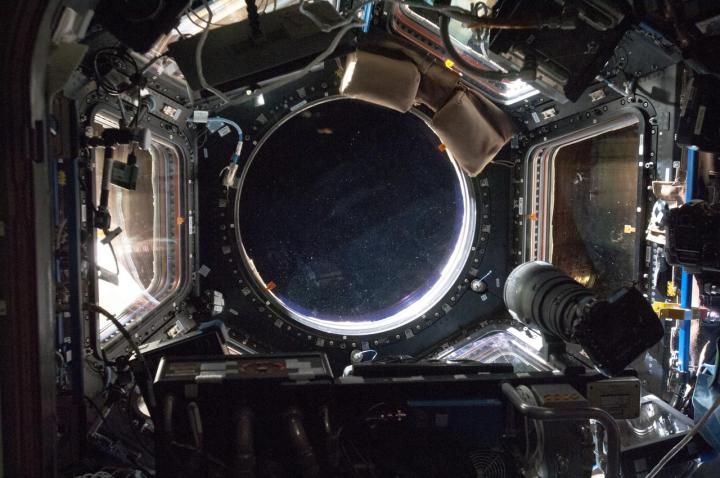
NASA has used Nikon since Apollo 15 in 1971 and earlier this year ordered 52 Nikon D5s for both Earth and ISS use. Nikon says the D5s are unmodified and will be used with lenses already at the ISS, previously used with the D4 cameras on board.
After launching on Sunday, the Cygnus is expected to reach the ISS around 4:50 a.m. on November 14. Launched by aerospace company Orbital ATK, the spacecraft will deliver equipment and supplies before conducting experiments while docked at the ISS for about three weeks. The Nikon gear is part of about 7,500 pounds of supplies.
While the Cygnus is docked, the ISS will use the extra space to experiment with TangoLab, a reconfigurable research facility. The experiment, Obital AKT says, will explore the potential ability to expand the ISS capabilities temporarily.
Once the spacecraft has finished with the mission, the Cygnus will be destroyed when reentering the Earth’s atmosphere over the Pacific Ocean, a safe, destructive reentry, the company says.
The Nikon D4 has been working on the ISS since 2013, with an initial delivery of 38 cameras and 64 lenses. Last year, NASA delivered another 10 of the full frame bodies to the Space Station.
The successor to the D4 arrived to consumers in March of 2016 with a new processor for 12-frames-per-second burst shooting. The camera’s list of highlights also includes a 152-point autofocus system, an ISO range expandable past three million, and 4K video.
After equipping Apollo 15 with the Nikon Photomic FTN, Nikon has supplied NASA with a number of different cameras, including the F3 and F5 before the digital D2XS. Since the D3S, the NASA-bound cameras have been the same models available to consumers, without modifications the ISS, Nikon says. On the ISS, the cameras are used for shooting images both inside the station and outside.



